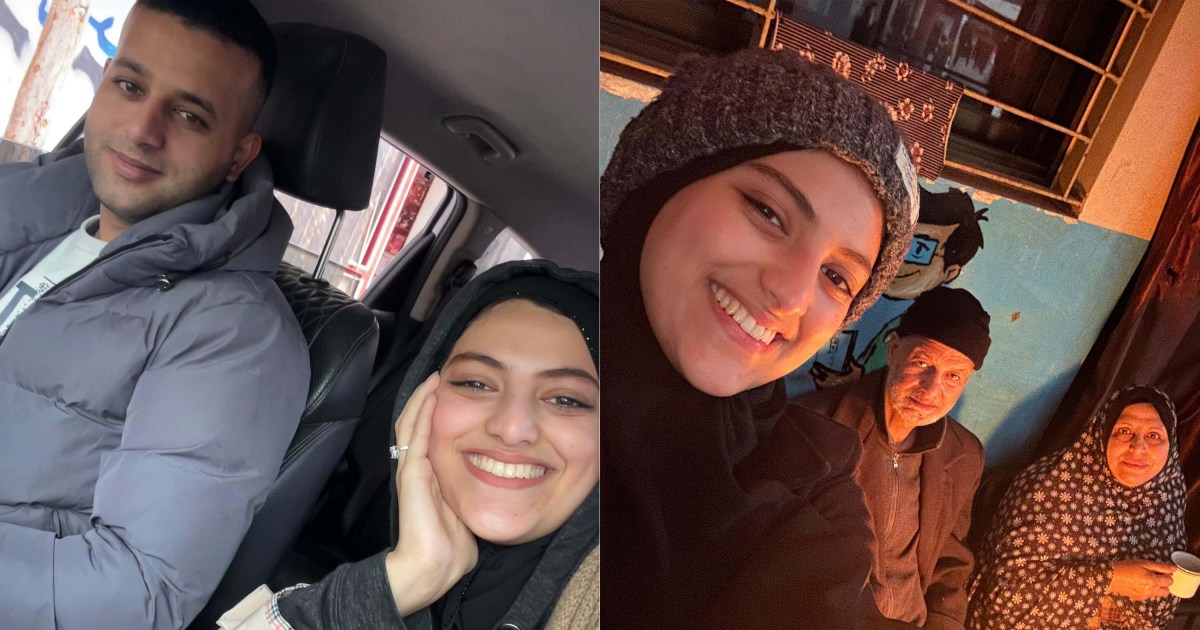Emmerdale’s Mackenzie Boyd flees for his life in a new preview ahead of Thursday’s episode of the ITV soap, after he discovers killer John Sugden’s dark secrets
It’s the moment Emmerdale fans have been trying to unravel for months, as Mackenzie Boyd’s mystery flashforward is finally explained. With that, Mack is left in grave danger it seems as he flees into the woods for his life, running from killer John Sugden.
Amid reports the character is set to be killed off, actor Lawrence Robb has finally addressed the mystery clip that aired in December, ahead of the scene finally airing in full on Thursday. In the initial clip he was shown running through the woods as if he was being chased, or was running towards something.
Fans have spent months speculating over what it could be linked to, even more so after Lawrence teased “life-changing” scenes a few months back. Thursday’s episode will see Mack’s run through the woods play out in real-time, and now new details have been confirmed about the tense twist.
It’s now been confirmed that it follows the moment Mack finally uncovers killer John’s dark secrets. Wednesday’s dramatic cliffhanger saw the moment Mack found a scrap book containing photos of John and his army pals.
READ MORE: Emmerdale reveals what clue Mack finds about John that exposes ITV soap killerREAD MORE: Is Mack leaving Emmerdale, does he die and who is Ben? John Sugden twist explained
One of the photos exposed his secret friendship with newcomer Ben, the removal man who collected Nate Robinson’s belongings months earlier claiming Nate has ordered his services. But the photo on Wednesday made Mack, who had met Ben that same day, seemingly realise that there was a chance John was linked to Nate’s murder.
After all, Nate had not ordered the removal service given he was already dead so chances are, it was his killer. Finding out that Ben and John are close, it seemed to hit him that John was hiding something, and that he could well have been the killer after all.
Now a first look for Thursday has teased the dramatic and tense fallout of this moment, as John realises Mack is onto him. It’s been teased Mack faces a battle for survival in that he runs for his life – but will John catch up with him?
We know John will go to any means necessary to cover his tracks, and now that Mack may know the truth it puts him in serious peril. A picture for Thursday shows the moment Mack races through the woods, seemingly running away from John.
Spoilers tease his life depends on him getting away, with a trailer hinting that a chase ensues. In the trailer already released, he faces a terrifying moment with killer John but his fate remains unclear.
But can Mack escape and will John be exposed? Actor Lawrence addressed the big moment, and discussed fans finally getting to see the flashforward scene he filmed last year.
He shared: “Last New Year we saw a handful of flashbacks and the one of Mack running has not been seen in an episode yet…. We actually filmed that flashback last October and we finally will be seeing it within the show. In the original flashback the audience members didn’t know why Mackenzie was running.
“Was he chasing someone or was he running away from someone or something? At last all will be revealed. The flashback scene was filmed last October and at the time we didn’t know when it was going to play out within 2025 – so just in case there could be a future issue with hair continuity – as potentially I could have grown a mullet by the end of the year – we decided to stick a beanie hat on Mack.
“But this choice didn’t help with the heat as this time we were filming this episode in the height of summer. And for all the filming I had to have this beanie on. So I was very, very warm. But I’m excited for the audience to finally see it unfold and how it fits into Mack’s storyline.”
Emmerdale airs weeknights at 7:30pm on ITV1 and ITVX, with an hour-long episode on Thursdays. * Follow Mirror Celebs and TV on TikTok , Snapchat , Instagram , Twitter , Facebook , YouTube and Threads .


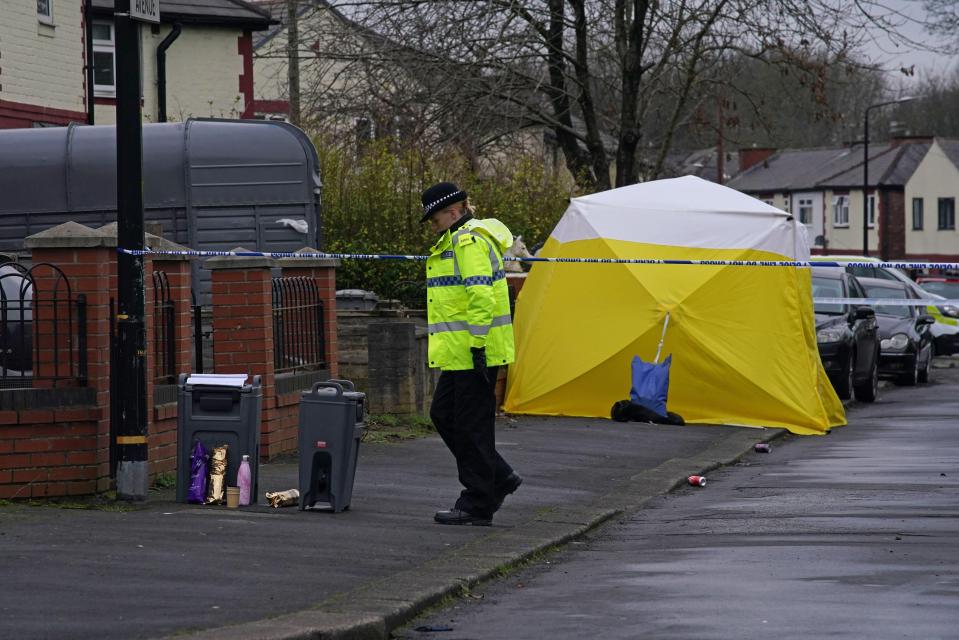
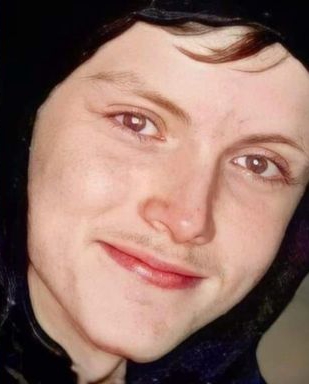
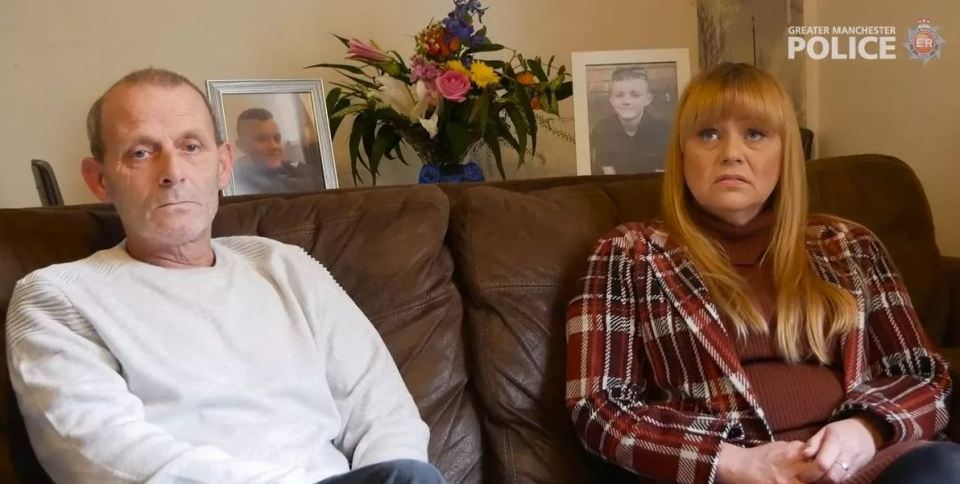


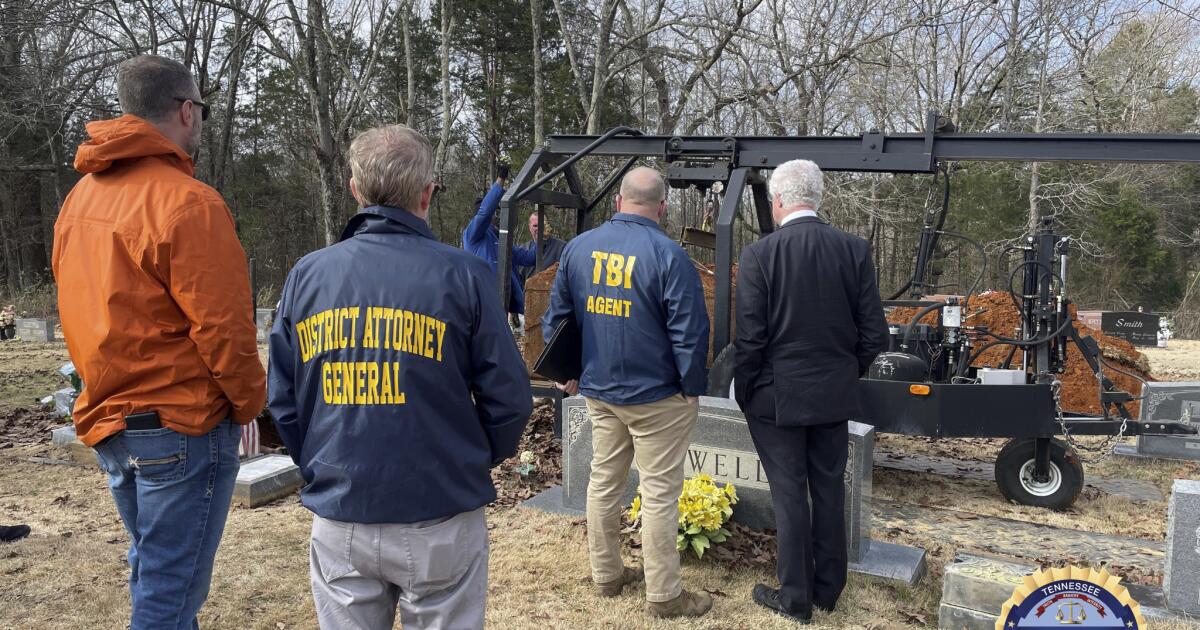
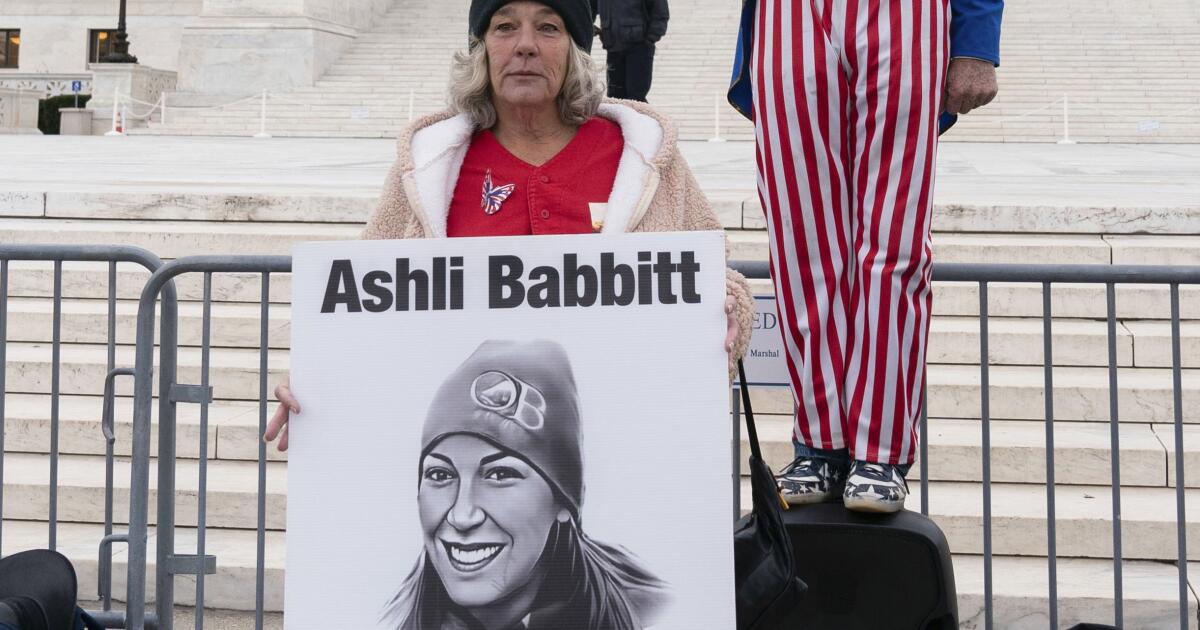
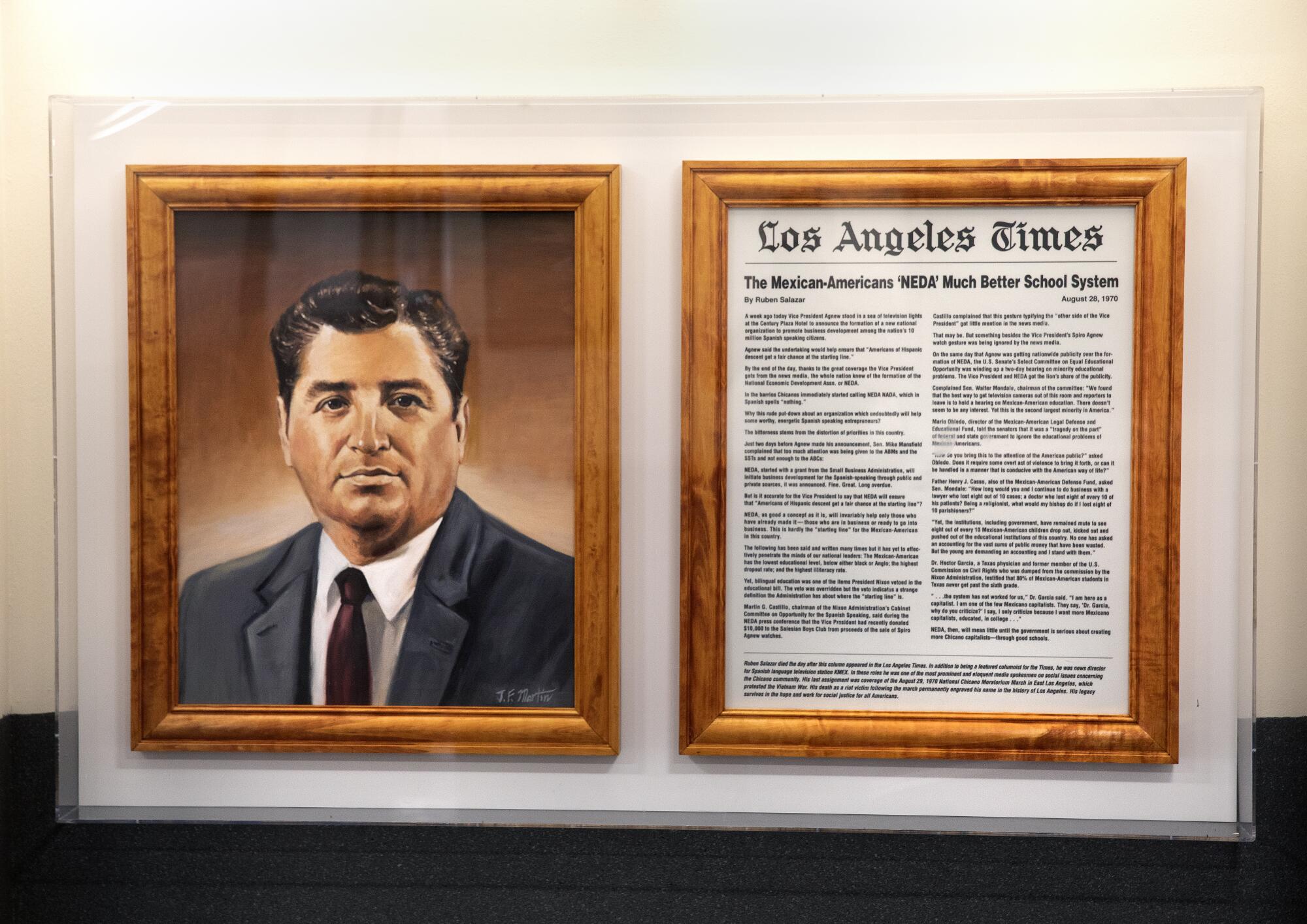
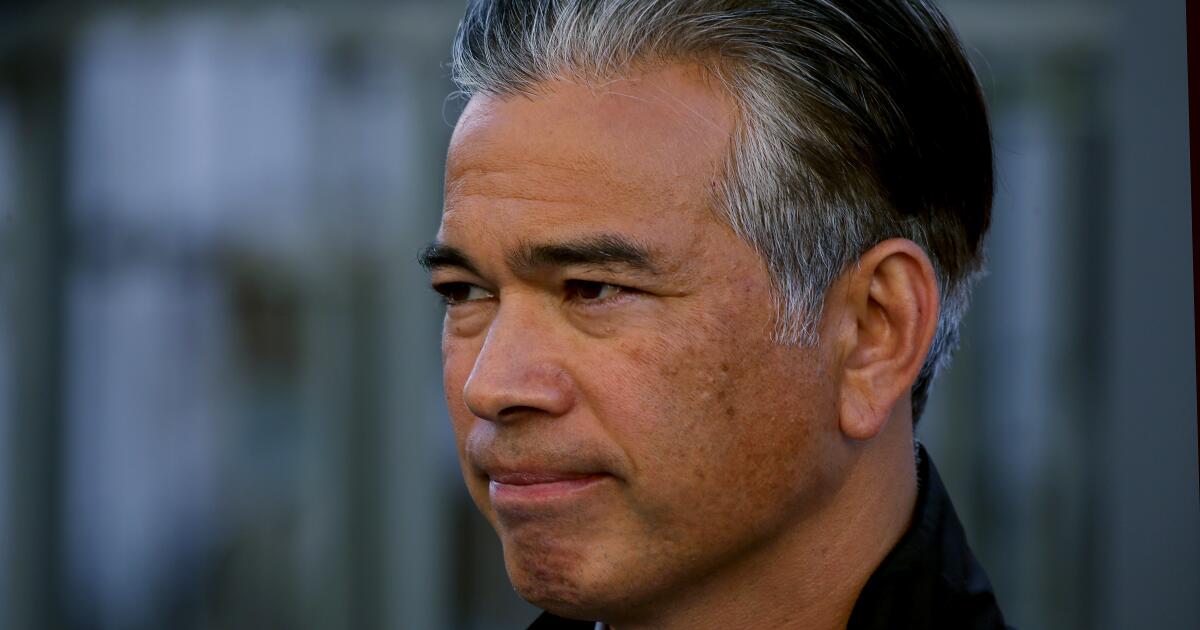



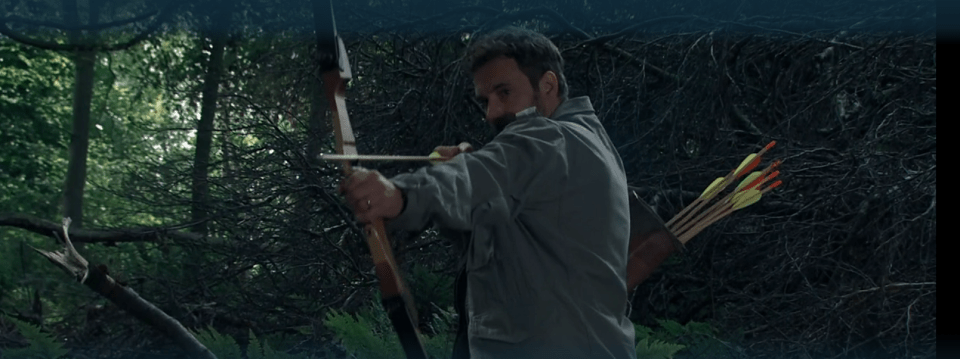
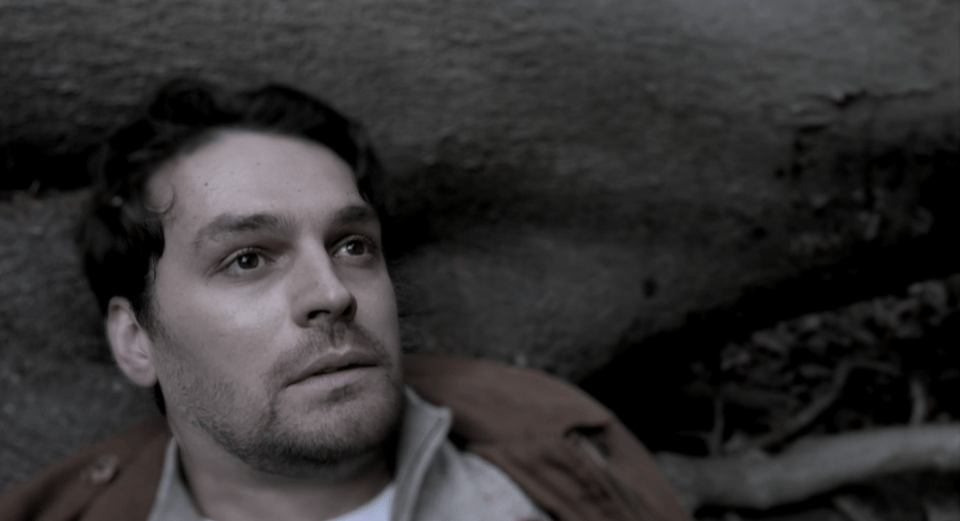
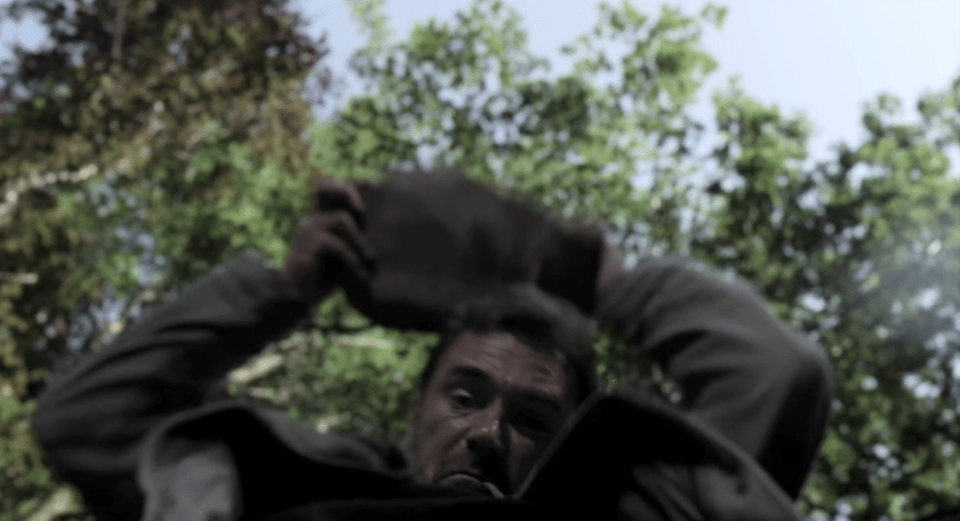
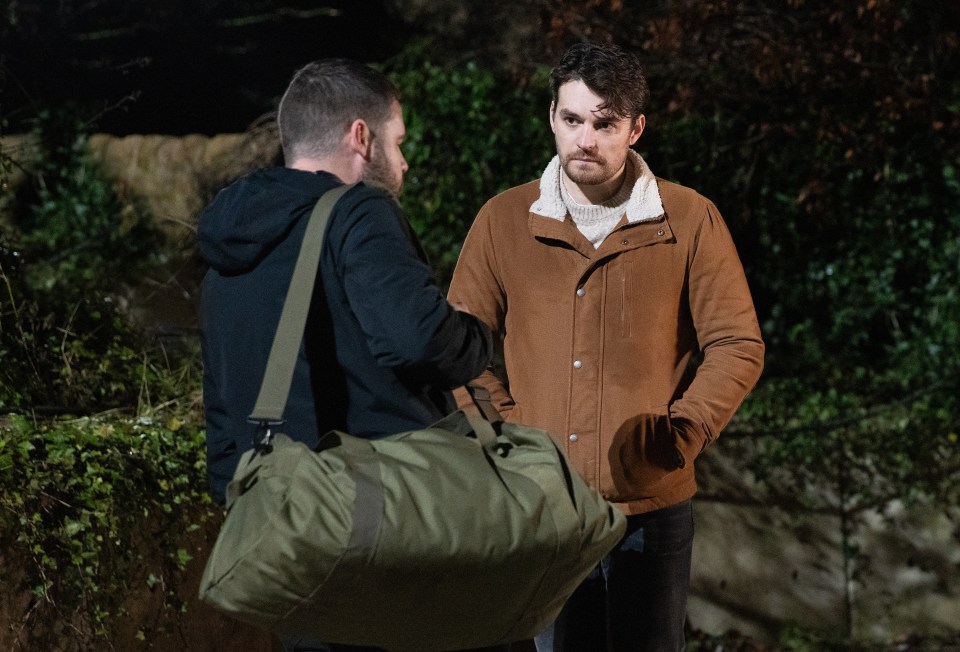

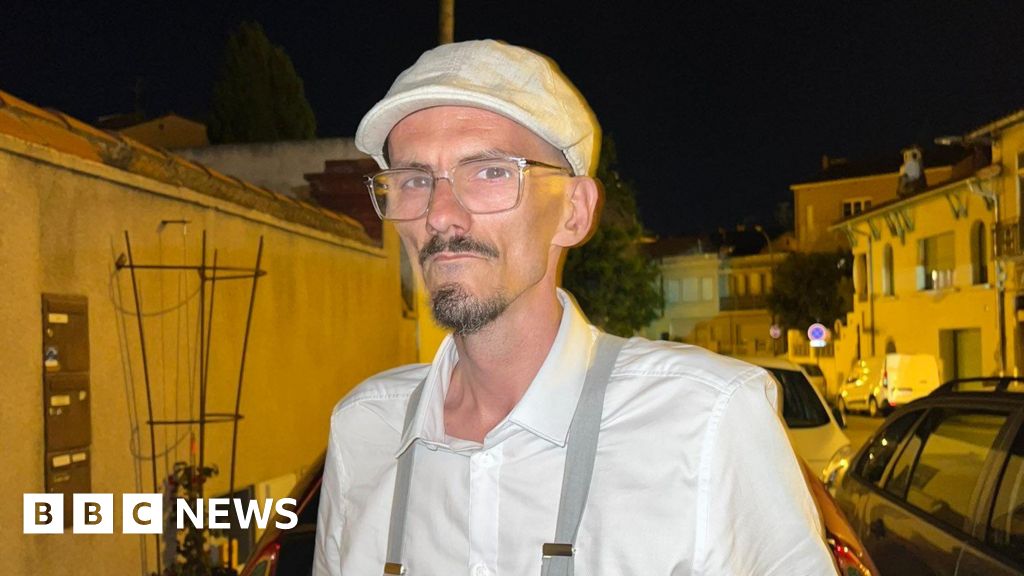
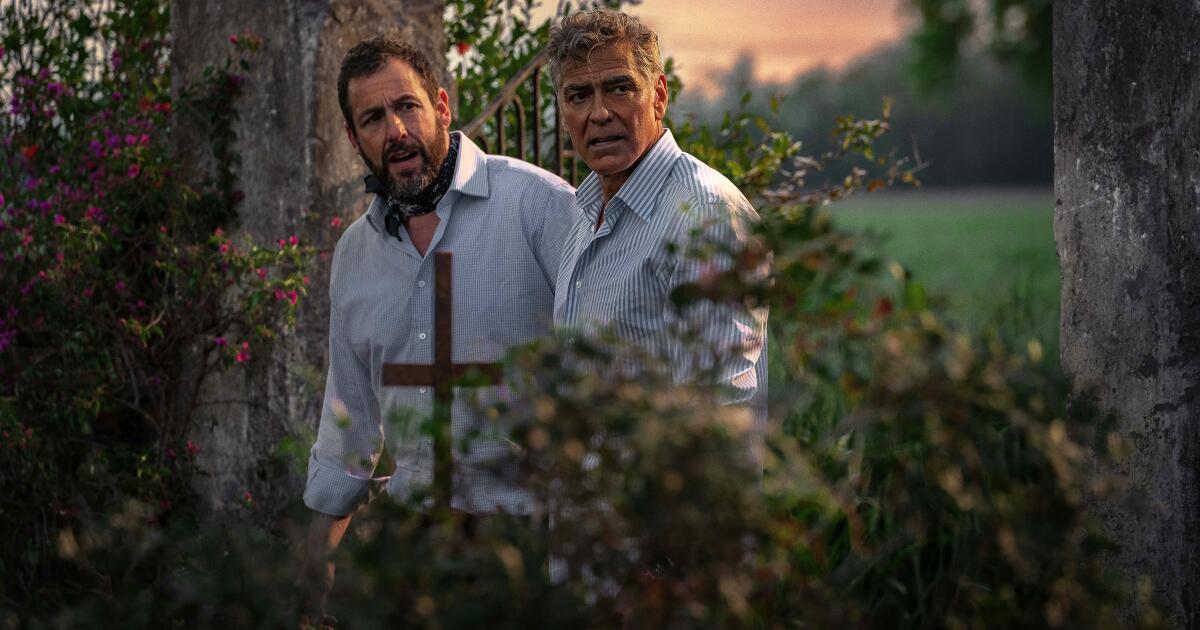


![PICTURED HERE IS Daniel Burton A young father-of-two was killed in a freak accident when he was crushed by his own car doing DIY repairs, an inquest heard. Mechanic Daniel Burton, 27, was repairing his own Audi A3 when the axle stand he was using slipped and left him crushed underneath. An inquest heard he […]](https://www.occasionaldigest.com/wp-content/uploads/2025/08/1755767728_989_Devoted-dad-of-two-27-crushed-to-death-by-car-in-freak.jpg)
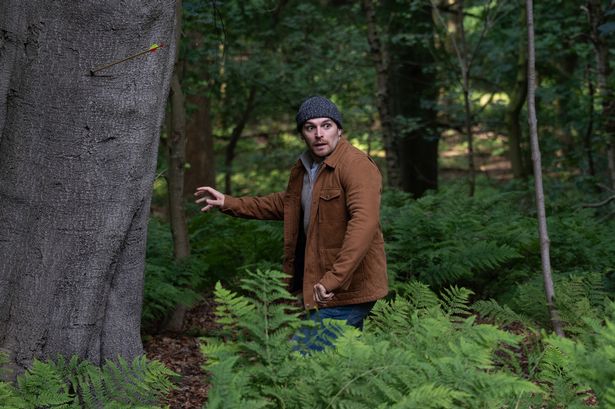
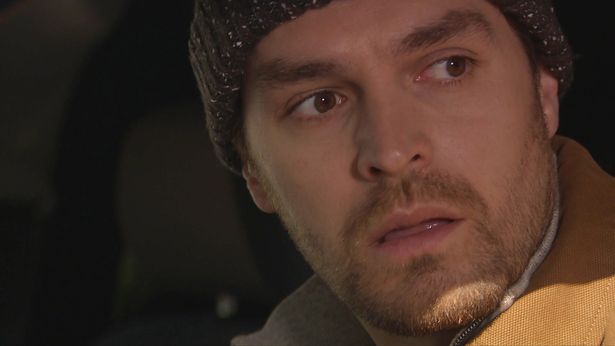
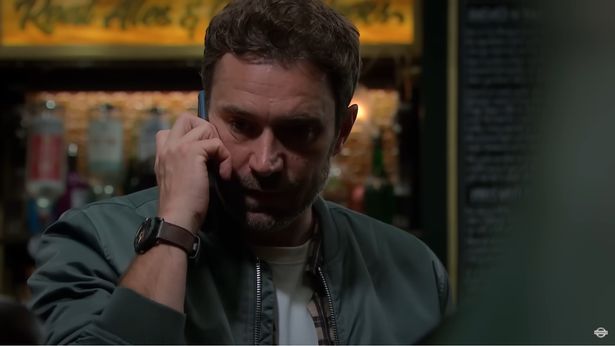

![Security personnel stand guard at the site of a bus crash in Guzara district of Herat province on August 20, 2025. [Mohsen Karimi/AFP]](https://www.aljazeera.com/wp-content/uploads/2025/08/000_69YR9KF-1755690566.jpg?w=770&resize=770%2C513&quality=80)
